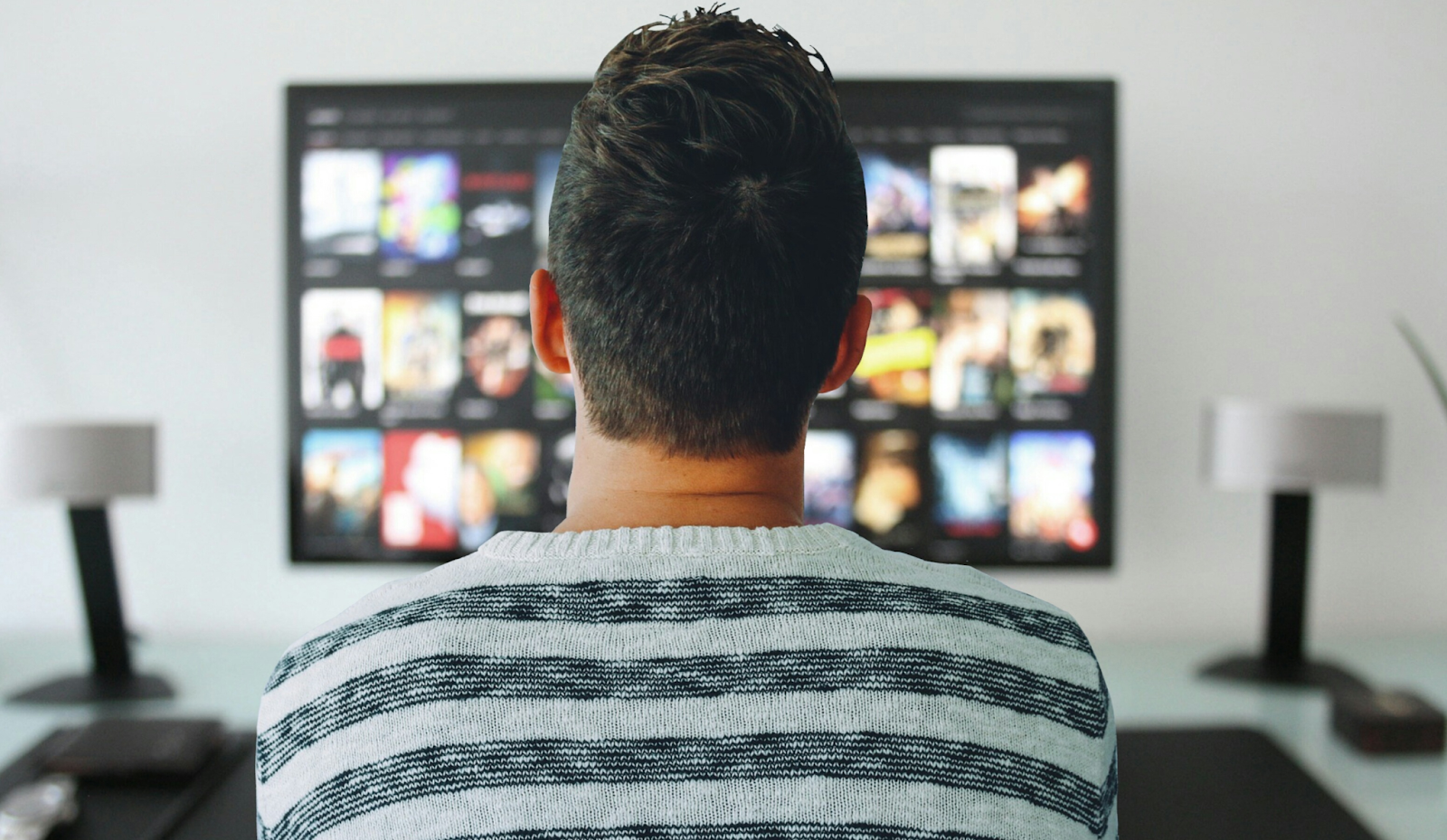For many autistic adults, a restful night of sleep can feel stubbornly out of reach. Sleep struggles are common in the autism community, and they can affect daily life, health, and overall well-being. But why do these issues happen, and what can be done to make sleep a little easier?
Let’s take a closer look at the connection between autism and sleep disorders, the challenges autistic people often face, and practical strategies for better rest.
The Link Between Autism and Sleep Disturbances
Research consistently shows that autistic people experience sleep disturbances at much higher rates than the general population. While anyone can struggle with sleep, autistic adults often face unique barriers.
Sensory sensitivities play a large role. Something as small as the hum of an appliance or the texture of a sheet can become a nightly disruption. Anxiety and overstimulation can also keep the mind racing long after the lights are off, making it difficult to settle into rest.
Biological differences may contribute as well. Some studies suggest that autistic people may produce lower levels of melatonin, the hormone responsible for regulating sleep.
On top of that, co-occurring conditions such as ADHD, gastrointestinal issues, or sleep apnea can complicate sleep even further. When combined, these factors create a perfect storm that makes high-quality rest hard to come by.
Common Autism Sleep Problems
Autism and sleep issues often go hand in hand, but the experiences can vary widely from person to person. Some common challenges include:
- Insomnia: Trouble falling or staying asleep is one of the most reported issues.
- Sleep fragmentation: Waking up multiple times during the night can leave someone feeling unrested.
- Irregular sleep-wake cycles: Some autistic people naturally fall asleep very late or wake up very early, disrupting consistency.
- Hypersomnia: Others report autism and sleeping too much, struggling with fatigue even after long rest periods.
- Physical habits: Rocking yourself to sleep or engaging in repetitive movements like hand posturing may help regulate the body, but can sometimes delay deeper sleep.
- Co-existing conditions: Sleep apnea, restless leg syndrome, or other disorders can complicate the picture further.
Tips for Creating a Safe Sleep Space
A big part of improving sleep comes down to the environment. For autistic adults, a bedroom that feels safe and sensory-friendly can make a huge difference. Light, sound, and texture all play a role.
Some people benefit from blackout curtains or sleep masks that block out visual stimulation, while others find comfort in the hum of a fan or the steady rhythm of white noise. Bedding choices matter too: smooth sheets without tags or seams, or weighted blankets that provide calming pressure, can make the bed feel more inviting.
Temperature is another often-overlooked factor. A cooler room typically supports better sleep, though everyone’s comfort range is different. Some autistic adults also choose specialized equipment, such as a SleepSafe bed, which can create an added sense of structure and security.
These adjustments might seem small, but together they create a foundation for more consistent rest.
Sleep Hygiene Best Practices for Autistic Adults
Sleep hygiene refers to habits and routines that encourage better sleep quality. While no single approach works for everyone, these strategies may help:
- Stick to a routine: Going to bed and waking up at the same time each day helps regulate your body’s internal clock.
- Create a wind-down routine: Reading, stretching, or listening to calming music can signal to your body that it’s time to sleep.
- Limit screens before bed: Blue light from phones and laptops can interfere with melatonin production. Try to step away at least an hour before sleep.
- Be mindful of food and drink: Avoid heavy meals, caffeine, and alcohol late in the day.
- Consider sleep aids carefully: Melatonin supplements, weighted blankets, or calming teas may help, but it’s important to consult with a healthcare provider first.
- Track your patterns: Journaling or using a sleep app can help you identify what makes your sleep better—or worse.
It may take some time to figure out what works for you. Everyone is different, so try different things and practice patience as you narrow in on what best suits your needs.
Find More Answers to More Questions About Autism & Get the Support You Deserve
Sleep problems can be exhausting, but you don’t have to tackle them alone. At NeuroNav, our independent facilitators help autistic adults and their families create personalized plans that address sleep challenges, daily routines, and overall quality of life.
Interested in learning more about how the California Self-Determination Program can support your goals? Schedule a consultation with NeuroNav and discover how our independent facilitation services can help you build a path toward healthier sleep and greater independence.




